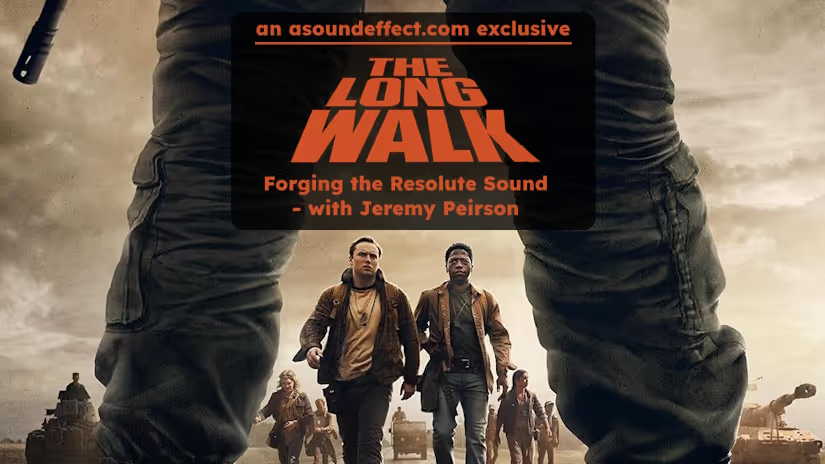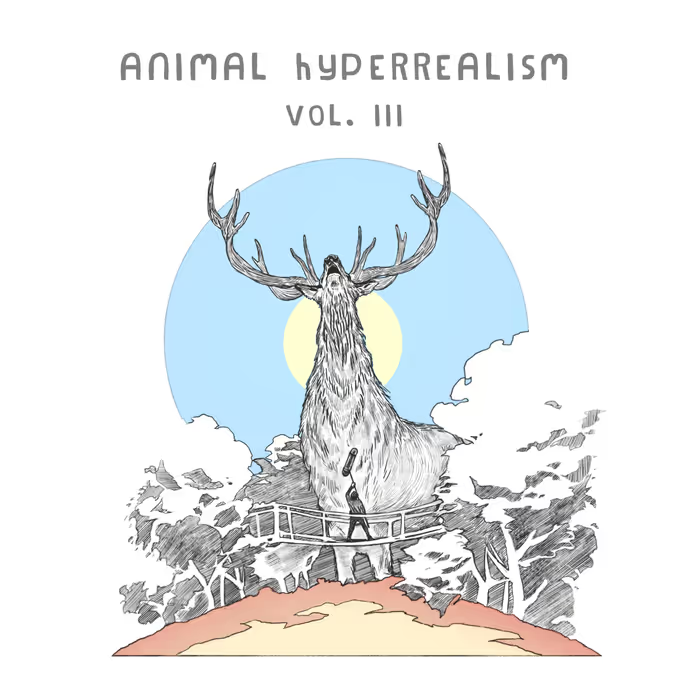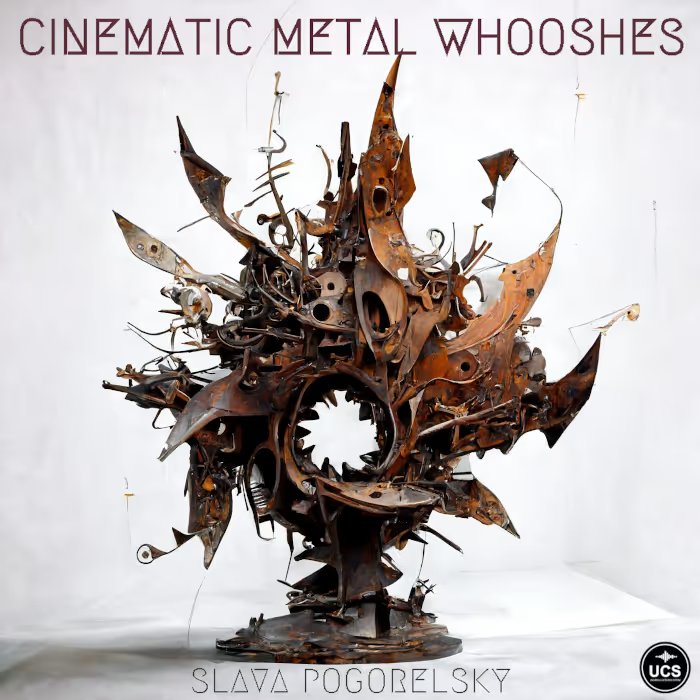Here, sound supervisor/sound designer/re-recording mixer Jeremy Peirson talks about keeping The Long Walk moving through the use of evolving, detailed backgrounds, and profuse panning.
Find out how propeller planes were used to create 'evil' truck-bys, how cicadas played a role in the death-by-spoon scene, how panning glued the dialogue and foley, and much more!
As the title suggests, Director Francis Lawrence’s The Long Walk is a long walk, over hundreds of miles, that keeps on at a steady pace of 3 mph. It doesn’t stop — not for natural forces like weather or bodily evacuations. Not for injuries or exhaustion. Everyone is moving, the scenery is moving, the day turns into night into day, and the walk continues until only one person is left standing. The only two choices are: walk or die.
Sound supervisor/sound designer/re-recording mixer Jeremy Peirson, whose worked with dir. Lawrence on all of his films, including The Hunger Games franchise, I Am Legend, and Constantine , knew the key to selling constant movement was to keep the sound moving. He designed detailed backgrounds that are always evolving, with specific birds, insects, dog barks, and other single effects that pan by and are gone. The dialogue, foley, and truck sounds are also panned continuously. The characters’ footsteps and gear movement can still be heard even as the characters go off-screen — panned and EQ’d to match their changing perspectives relative to the camera. What might seem to be simply a really long ‘walk-and-talk’ is a carefully crafted sonic masterpiece that’s always subtly moving, that’s punctuated by deliberate violence, that increases in emotional intensity in tandem with the characters’ physical exhaustion.
Here, Peirson talks about the challenges of making everything move at a constant 3 mph, evolving backgrounds to emphasize the characters’ forward progress in each scene, and marking the changing landscape and weather over the 300-mile distance. He also talks about the foley team’s labor-intensive sessions, using Sound Particles to create a ‘herd layer of footsteps’ (a 7.0 bed of group footsteps) using the foley footstep recordings, building volume ramps into the herd layer and incorporating spatial movement into the bed to create slow, subtle movements over time, and much more!
WARNING: May Contain Spoilers
The Long Walk (2025) Official Trailer
You’ve done many projects with director Francis Lawrence. Tell me about your collaboration on The Long Walk. When did you get on board the film; what did dir. Lawrence want you to tackle first?
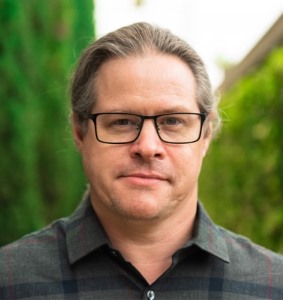
Jeremy Peirson (JP): I’ve had great joy working on all of his feature films and a couple of his TV shows. So, it’s been an exciting journey and partnership.
This one was funny because it’s a lower-budget movie, so we didn’t have as many resources as we would normally have. We still got started early, right around the director’s cut, and the biggest focus was cleaning up all of the dialogue. On set, trucks were going constantly in every shot, including the electric camera trucks. These were problematic; they made the boom tracks basically unusable, except in a few key places. The dialogue team — headed by Thomas Jones — aggressively cleaned it up, and that made a huge night-and-day difference, which helped the story and everything else that was going on. We could now really hear what was being said and control how much of the sound effects to add in.
In terms of sound effects and sound design, Francis’s big thing was the sound of the trucks and the sound of the guns. He wanted the trucks to have a menacing, evil feel as opposed to just feeling like slow-moving trucks. Since they’re moving at 3 mph — essentially an idle — they didn’t sound exciting; it wasn’t helping storywise. So, getting that to feel right was the first challenge.
The other big design element Francis wanted was the gunshots. The movie is inherently and intentionally violent, and he wanted the guns to be in-your-face aggressive, as shocking as the on-screen visuals. And it was that way for a lot of the guns and kills, but then I was able to ease some more dynamics and add perspective and distance as the story evolved when it made sense.
There are many places in the film where the background that starts the scene is completely different by the time you get to the end of the scene
Also, when I saw the film, I latched onto how the backgrounds were going to play. I really went for it with the backgrounds because these scenes are all just them walking. There’s a six-minute scene of them walking down the road, so I wanted to give the impression of traveling. There are many places in the film where the background that starts the scene is completely different by the time you get to the end of the scene. And during the final, we added a ton of specifics that are constantly moving by screen position: specific birds, crickets, a dog barking, sounds in the city…you name it, whatever we could use to help sell this idea that we were constantly in motion.
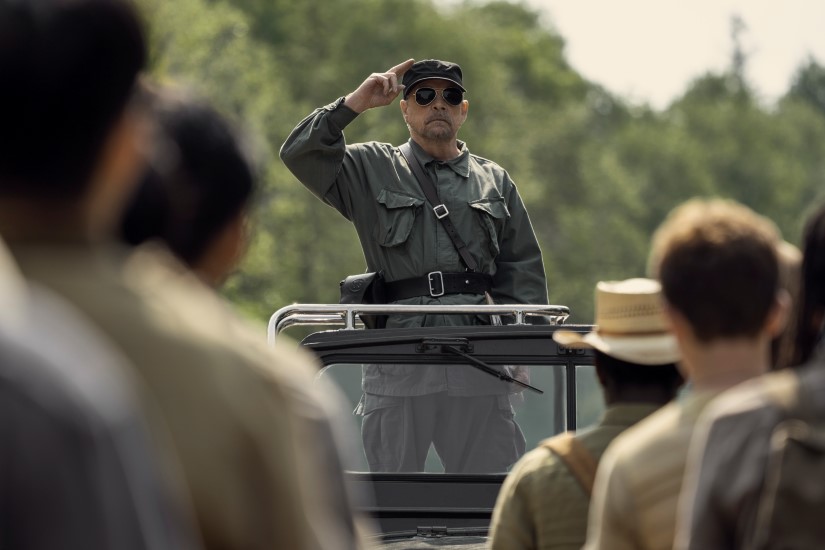
Since the boom tracks were compromised by truck noise, did you end up doing a lot of ADR? Or did you lean heavily on the lav mics?
JP: We, of course, had some ADR for storytelling purposes, or to fix accents here and there. But for the most part, the final track is production dialogue lav mics with a few pieces of ADR. With the tools available to us now, we can really clean up the dialogue without hurting it too much.
for the most part, the final track is production dialogue lav mics with a few pieces of ADR
And that was huge because once we cleaned up the dialogue, we had separation from the steady bed of trucks, so we could layer the effects trucks back in to taste. There were some places where we were closer to the lead truck, or had a specific truck in the shot that we panned away from as it went by. And because of the dialogue, we could ease out of the truck sounds and really hone in on the dialogue and the story at a particular point. That was big in terms of sonic dynamics and in keeping with the sound changing throughout the scenes.
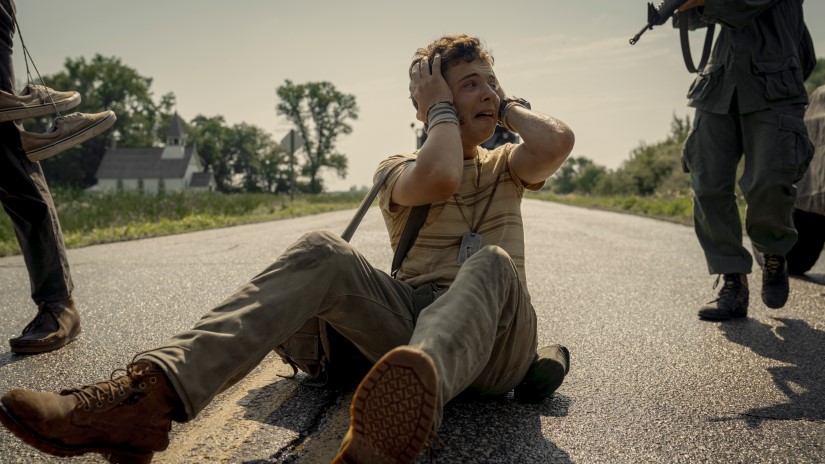
The first time they shot one of the kids, I thought they’d cut away. But they didn’t! They showed the whole thing. It was shocking and unexpected. It set the intention for the violence in the film…
JP: That was Francis’s conscious choice in telling the audience that this is going to be brutal and this is how brutal it’s going to be, so prepare yourself. But it’s part of the story. And it’s through that and through all the connections that you make with the characters on the walk that make it even more heart-wrenching when things happen.
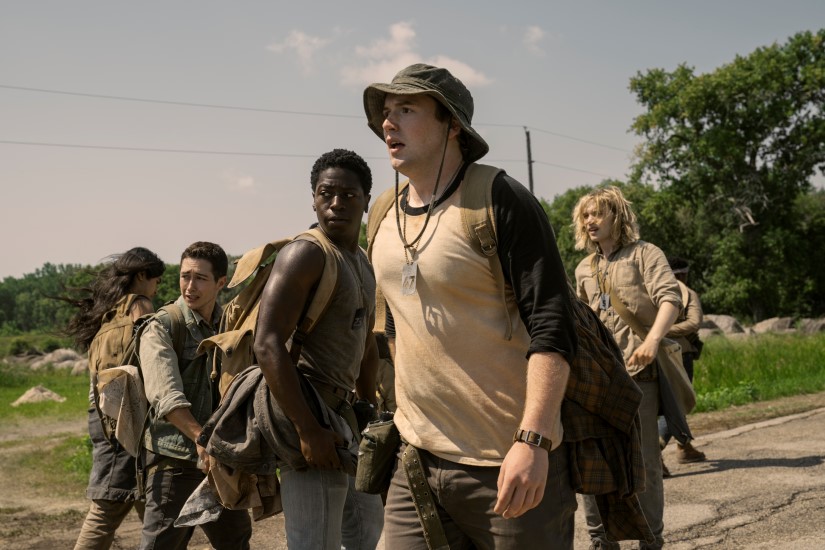
Going back to the dialogue, you mentioned mainly using the lav mics. I have to say, you did such a great job of mixing the dialogue because the perspective was perfect. When one of the kids is in the back of the pack yelling something, the distance felt right. Even when you play the perspective subjectively — when one of the kids gets a bit closer to another and their conversation can’t be heard by others nearby — it sounded right. Knowing that you used the lav mics for most of that makes me appreciate the dialogue mixing even more…
JP: That was a lot of fun. Carlos Sanches came in for the final to mix the dialogue and music. Throughout the process, I did the temp mixes for the preview screenings, and we were able to carry that forward into the dialogue pre-dub and final mix.
[Carlos] had the time to start panning the dialogue since it was all lavs, so we could add width and depth
Carlos just made it better by adding his perspective and talent. He was really able to get in there and find those amazing nuances and perspectives. He also had the time to start panning the dialogue since it was all lavs, so we could add width and depth. So, kudos to him, for sure, and all the dialogue team.
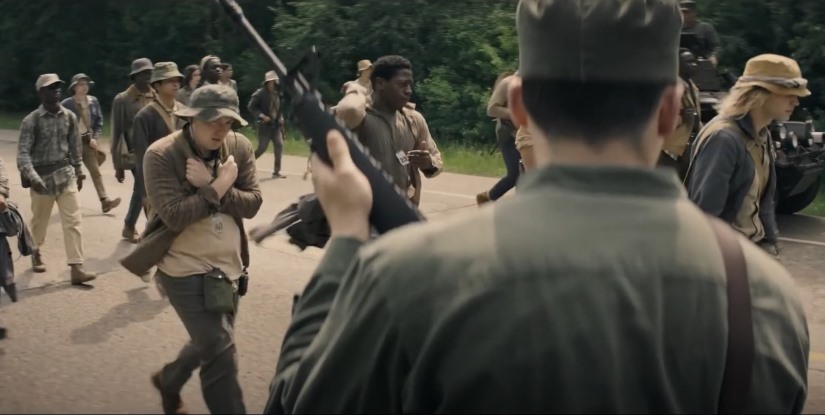
Let’s talk about the foley. As you’d expect, there was a lot of walking and a lot of movement. I’m sure the foley team got a workout walking this film! Can you tell me about your foley team?
JP: This was probably the biggest foley job the crew ever saw, and certainly, the biggest I’ve ever had to edit and/or mix. The foley was done with Andy Malcolm‘s company, Footsteps Post Production, in Canada with foley artist Sandra Fox, and foley mixers Chelsea Body, Jack Heeren, and Kevin Jung.
since we were using the lav mics, we were able to pan everybody around […] which meant we had to do all of that with foley as well
Going back to dialogue, since we were using the lav mics, we were able to pan everybody around. So when you see five people on-screen, walking toward camera, there are places where we’re panning them off, which meant we had to do all of that with foley as well.
Basically, for the footstep pass, the approach was to pick one character, and from the beginning of the reel to the end of the reel, they did a constant walk. It’s constant. Multiply that by six or seven main characters, plus ancillary characters or soldiers, and it was intense. It was a lot.
the track count was crazy because of all the panning and perspectives
I had all the footsteps checkerboarded between what’s on-screen and off-screen. That meant the track count was crazy because of all the panning and perspectives. But by doing that — by splitting it out — I could at least define who’s on camera, who was just on camera, and where they are now. So that we still hear them because they’re just off camera or they’re just in frame, so we want to mix it low. It was a lot of just deciding who was where and at what level we wanted to hear them.
this herd layer is just constantly there. And it’s constantly moving. It’s not static
The other interesting thing is that I built what I call this “herd layer of footsteps.” I took all the foley footsteps for the reels and I threw it into Sound Particles to make a 7.0 bed. More often than not, we’re in the midst of all these people — 50 people walking around all at the same time. So this herd layer is just constantly there. And it’s constantly moving. It’s not static. So I have volume ramps built into it and spatial movement in the bed to create slow, subtle movements over time.
Again, we could weave it around the story, the dialogue. Francis didn’t want to hear footsteps all the time. He didn’t want it to feel like it was a loop because the sound of all these people walking could get monotonous, and he wanted to avoid that. So we picked and chose where we could push it, where we could take it away — just let it come in and out in the scene or establish it and then ease out of it.
This was the wildest and densest foley session I’ve ever seen. From pop to pop, it’s solid tracks for the entire reel
Then we have gear movement. They have the dog tags, canteens, jackets, bags, and backpacks. It was a lot of sorting and deciding how much we’re going to hear of any given thing.
This was the wildest and densest foley session I’ve ever seen. From pop to pop, it’s solid tracks for the entire reel.
Phil Barrie cut some sound effects for us, but he was mainly dealing with the foley onslaught. He said, “I know this movie is called The Long Walk but this is really a lot of walking.” Like, it was a lot. It took a lot of effort to get it done.
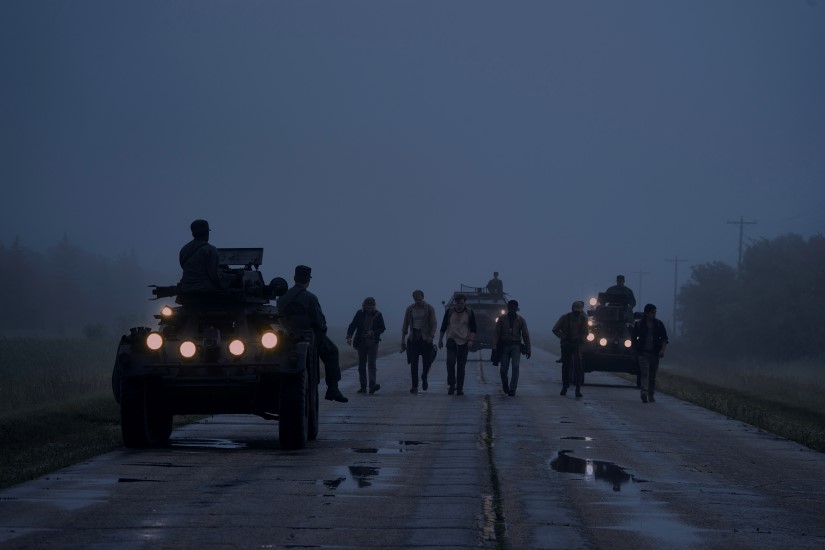
In the nighttime hill section, several walkers fall behind pace and are eliminated. This was such an intense scene. Can you talk about your sound work here?
JP: There were a lot of things going on in there. The first thing that Francis wanted was the sound of the trucks. He wanted to feel like they were under strain as they’re going up the hill, which makes sense. It has to switch to a different gear, basically. But he wanted that strain to be an unnerving element in that scene.
[Francis] wanted that stylized subjectivity as we go in and out of Garraty’s perspective as he’s freaking out
The other thing is he didn’t want it to be outright war; he didn’t want it to be a full-on shootout, in a traditional sense. He wanted that stylized subjectivity as we go in and out of Garraty’s perspective as he’s freaking out. So, some of the guns are real, and some of the guns are super stylized. For some of them, we just hear the impact; it’s a stylized gunshot and an on-screen head splat or what have you. And then the dialogue is wafting in and out of reality, basically.
There were also a lot of tonal elements in there. That is the music from composer Jeremiah Fraites. His score added this really bizarre and frantic texture to it, which was highly effective.
But it was just a matter of picking and choosing what we wanted to be real, and what we wanted to be subjective. Then we go into Garraty’s breathing, where we get fully into his head.
a lot of the music was scored in such a way that it helped tell where the gear shifts are in terms of emotionally stylizing the dialogue
Another fun layer in there is based on the book. So, the book is originally about the Vietnam War — it was written in the ’70s — and there was this push by Francis to subtly add this military soldier aspect. There are a lot of military radios throughout the movie. The truck is just constantly squawking; it’s not stuff that you understand or care about, but there’s constant radio chatter. I was wondering how I could add this military aspect, so I added a marching sound that goes into the title card. And I used that as Garraty goes in and out of reality.
Everyone really liked it at the front for the title card, so I was able to use that again as the peak of this scene is happening. The marching comes in, and as he starts to relax, it ebbs out, and the music changes. It all just worked well together. Honestly, a lot of the music was scored in such a way that it helped tell where the gear shifts are in terms of emotionally stylizing the dialogue here and there, going into Garraty’s head, and then everything else that’s happening on screen, and choosing to be how brutal and upfront versus more stylized.
We tried this scene a bunch of times, and the note was to get brutally stylized and not be the same from start to finish. So, I tried something on the first temp and then got feedback. So, it kept evolving through the entire process to where it is now.
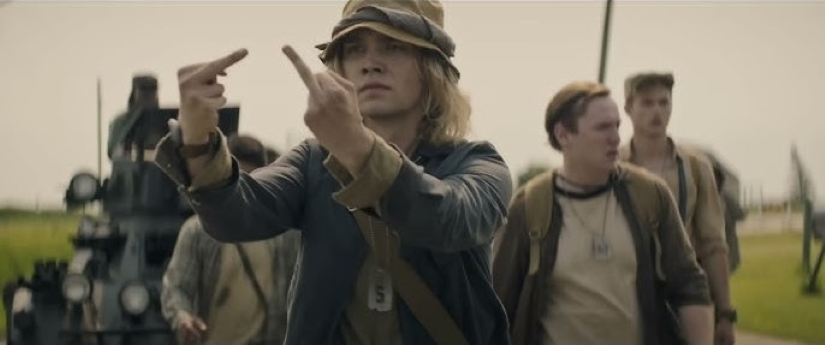
Can you talk about the section of the walk where the remaining participants chant “Fuck the Walk” and there’s diegetic music on Tressler’s portable radio?
JP: The music on the radio was added in post. That scene we had to play around with a bit. My first instinct was that once the radio turns on, then it’s real, it’s diegetic. But then, as they get rowdy, it opens up and becomes part of the theme, and the dialogue is sitting underneath it.
Again, this was a scene where we can pan all the people around, and it helps to build this cacophony of what’s going on
We’re letting the music drive it because it has that aggressive quality to it. Then, we switched back to letting it be more real. When we get to the wide shot of the bridge, then we start easing it out to be bigger and bolder. It wasn’t the normal approach, I would say.
The chanting was a combination of the production dialogue and loop group. Again, this was a scene where we can pan all the people around, and it helps to build this cacophony of what’s going on.
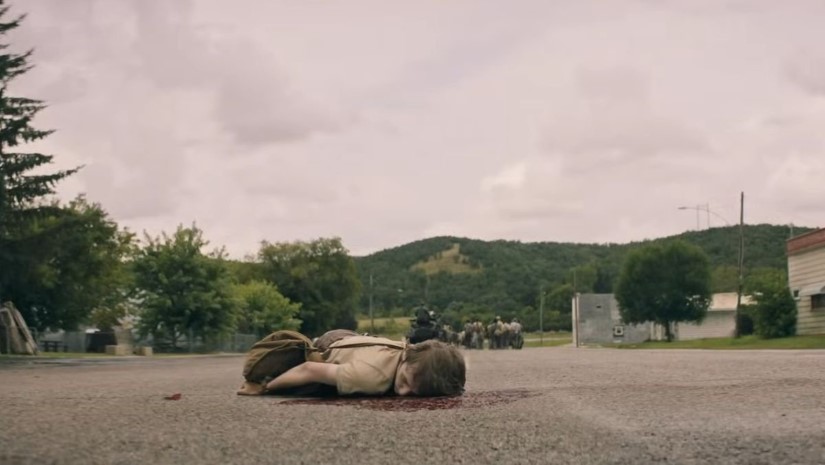
There’s that terrible scene where one participant, Patrick, is run over by the tank, and then Tressler is shot by the soldier on the tank. What’s interesting about these poignant scenes is that they don’t linger on the deaths because the walk continues on at 3 mph. So, it’s always moving away from what’s happening. What challenges did that pose for the sound team? Or, what was your approach to handling that sound-wise?
JP: Nothing stops. For me, going back to my approach to the backgrounds, I wanted the sound to always be changing, always evolving, so that we have places to go.
For that scene in particular, a couple of things are going on. The tank initially wasn’t moving. The kid gets knocked over, and then the tank starts moving. But then they decided to have the tank moving the entire time. That decision came late in the process, so we didn’t have the visual effects of it, of where the tank is. Luckily, it wasn’t that big of a deal because the tank wasn’t moving that fast. This is one of those cases where you’re starting with the sound of the tank from afar, and then as the group is walking up to it or getting close to it, that sound changes. You hear more of the muffler; you hear more direct engine and the treads are louder.
we’re either approaching something or we’re leaving something behind
Every vehicle had the same issue for sound — we’re either approaching something or we’re leaving something behind. So it was trying to find ways to get that subtle change of approach or pull away.
Then you have Tressler taking off his clothes and running into the grass by the road. This giant .50 calibre machine gun starts shooting. I could have been tasteful with this and played the realistic perspective, but I let it rip. I wanted it to be a full shock and surprise at what was happening, and everybody seemed to like the effectiveness of that.
I was able to stylize the moment […] It was about the wind and the air and the grass moving in the wind
What’s also nice is that, as we’re going away, they’re looking at the billboards and we’re all looking at them getting weary and tired, so I was able to stylize the moment, go into everybody’s head by just having the wind sound. All the trucks go away, all the walking goes away. It was about the wind and the air and the grass moving in the wind. This is one of my favorite transitions in the film.
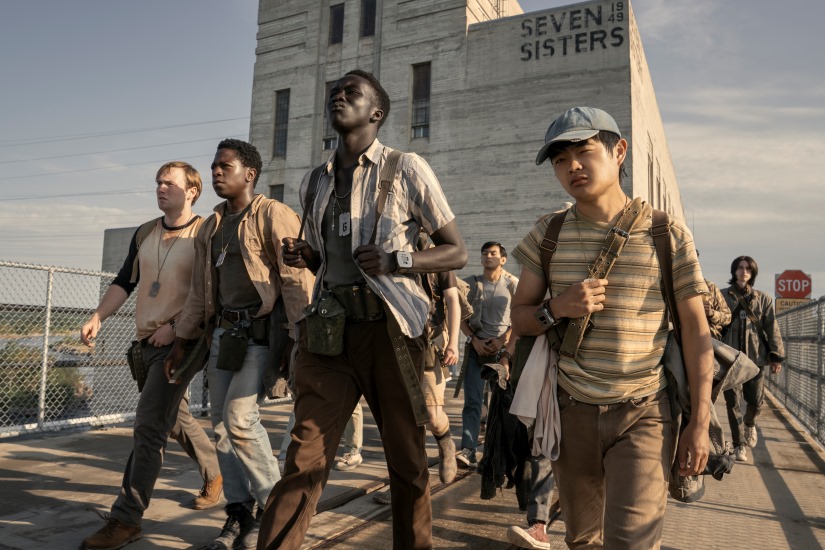
I love your work on the backgrounds and how you used that to help reinforce the idea that they’ve walked for hundreds of miles. There’s also a change in weather, and of day and night. Building the backgrounds must have been really enjoyable…
JP: I loved it. I’ve done a bunch of 7.0 recordings of backgrounds and forests, so I had a good base palette of sounds that I could use. And I was able to find different pieces of things to weave in and out.
The backgrounds also pre-lap and post-lap into each scene to help with the idea of motion
The backgrounds also pre-lap and post-lap into each scene to help with the idea of motion and one scene handing over to the next. That was a lot of fun, but it was a lot of work for what I wanted to do with panning everything. To me, that level of detail was all worth it.
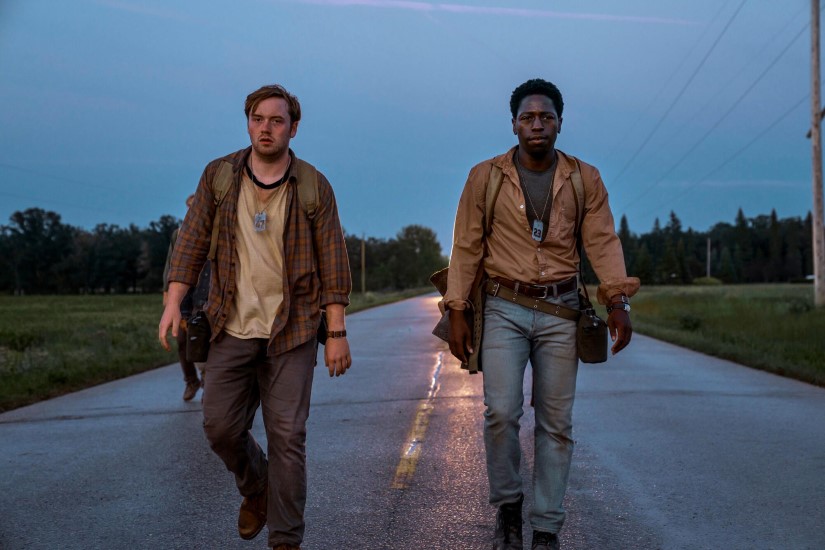
The walk nears its end as they get into the city. It’s raining. There’s a huge crowd of people that the trucks are trying to move aside. Can you talk about your sound work for this scene?
JP: That was tricky because once we go into the rain in that section, they’re still talking. So you have to find this weird balance of what is still believable in the sound of the rain, yet doesn’t interfere with the dialogue — just carving out for that and making it all work.
you have to find this weird balance of what is still believable in the sound of the rain, yet doesn’t interfere with the dialogue
There are also shifts in the intensity of the rain that were done during production to help for story reasons that needed to be matched to help obscure when one of our walkers falls behind. Finding that detail and dynamics in rain sounds was a fun challenge.
Another challenge was all of the fireworks at the end. Every single red flash has a firework associated with it. So, that was a lot of painstaking work to get it in sync, and then the picture would change, and we’d have to resync the sounds.
What went into the sound for the scene in which Barkovitch stabs himself in the neck with the spoon?
JP: In terms of him stabbing himself, it was finding the right balance of what’s believable yet still slightly over the top, brutal, and shocking. It was interesting to find blood splurts that matched the changing VFX.
as Barkovitch was freaking out, there’s a buzzing cicada bed that’s building throughout the scene, getting abrasive and in the way
Also, I’m using backgrounds to help tell the story subtly. So, as Barkovitch was freaking out, there’s a buzzing cicada bed that’s building throughout the scene, getting abrasive and in the way. Then, as he stabs himself, all that goes away.
Then, there are some horses just off-screen that are reacting to what’s happening. Even though I don’t know that a horse, seeing somebody stab themselves, would really react, the sound of a scared horse hits you in an instinctual and emotional way. So, I was finding all those textures and things that can help tell the story and, obviously, in this case, that was scripted. Francis wanted those textures in there.
as soon as somebody gets shot, I made a point to get rid of all the birds. Any aspect of life that I could get rid of […] I did
In the same vein, in a lot of the scenes where people get shot, there are birds chirping, but as soon as somebody gets shot, I made a point to get rid of all the birds. Any aspect of life that I could get rid of — aside from the trucks and the monotony of the walking — I did. Then there are places where the gunshots trigger dogs barking in the neighborhood, or maybe the gunshot doesn’t silence all the birds, so there’s a specific screechy bird that reacts to the gunshots.
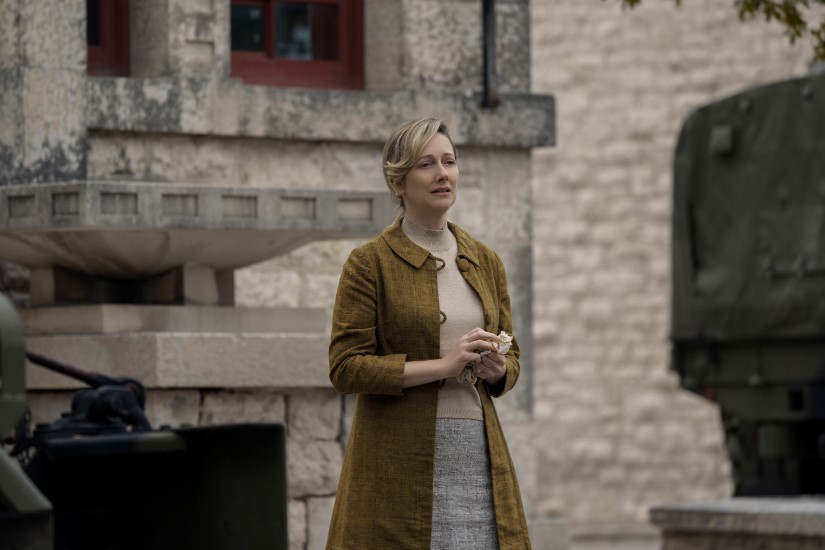
What were your biggest creative challenges for sound on The Long Walk?
JP: Biggest creative challenges would be the backgrounds and the trucks. The trucks were a thing; we went through a bunch of revisions, trying to find the right sound and feel. But once we found it, we settled in.
I went on a deep dive to find pieces of other things that I could use to help enhance the evilness of the truck pass-bys
Another thing about the trucks, from a creative standpoint, is that there were places where they’d drive by. At first, we had just the sound of a truck going by, and there was nothing interesting about it. So I went on a deep dive to find pieces of other things that I could use to help enhance the evilness of the truck pass-bys. So, there are the sounds of propeller planes that I’ve pitched, and there are dump trucks and pieces of other trucks, so that it has a start, a middle, and an end as it goes by.
Another element of the trucks is that they had these big knobby tires. Nothing I could find had that kind of sound. I found a few pieces of some snow tires that kind of have that quality, and I made loops to give the truck this stuttery, knobby, big 4×4 Jeep-style tire element, which kind of helped.
You don’t want to feel the cut, yet you want it to feel natural
There are two truck-bys that I love, and Francis also agreed on this. There’s the truck that comes into frame as it’s night and we’re approaching the car that’s on fire (this is where they sing the “Clementine” song). That truck that comes in, to me, was the coolest one as it had both a heaviness to it, but also a quality of loneliness to it.
The other truck was in town, as Garraty sees his mom. The truck pans by to reveal his mom and I really like how that sound turned out. I feel like I’d found that sound at that particular point, and that was a fun creative challenge.
Panning all the trucks and finding the right balances so that it didn’t feel cutty between shots was also challenging. You don’t want to feel the cut, yet you want it to feel natural. So, that was tricky.
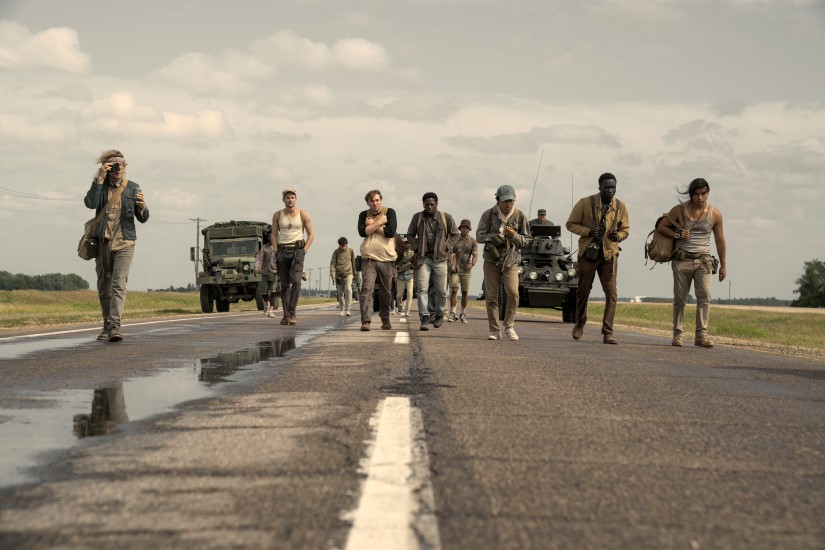
What were your challenges with mixing the film? Or, was there a scene that was most challenging mix-wise?
JP: The Hill Climb was probably the scene that we spent some time on finding the right approach and just dialing in the sounds. We added more of the PA sounds — the warnings that called out specific numbers for participants who were falling behind the pace. We peppered in more of that earlier on, so that it would pay off here — the audience would understand why people were being shot instantly on the hill climb.
because of the nature of the way it was shot, it was a challenge. Everything was constantly moving
The entire mix was consistently a challenge because there was always something happening. You’ve got the trucks, the walking, the close-up footsteps of the characters, all the backgrounds with moving sounds, finding places to pan the dialogue… and whether to clean up the dialogue a bit more or add some grit back to it. Honestly, because of the nature of the way it was shot, it was a challenge. Everything was constantly moving, except in the first scene where they’re just sitting around. That scene was straightforward.
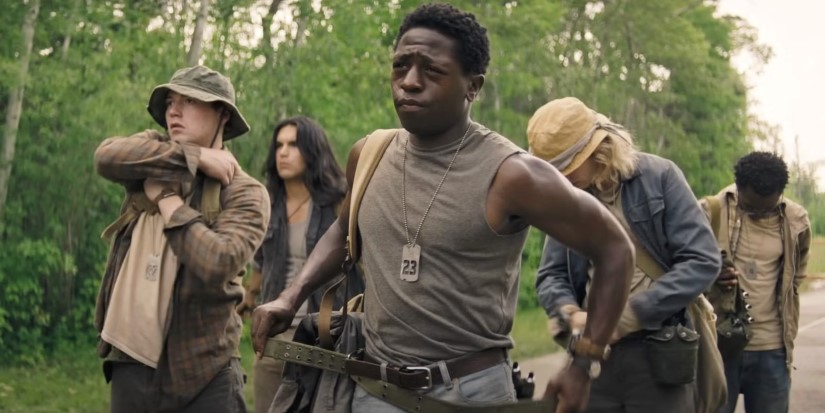
The dialogue sounded fantastic. This is probably the longest walk-and-talk ever in film history! It sounded believable, and the perspectives were always true to life…
JP: I appreciate that because that was the big challenge. What’s funny is that they had been cutting the movie for a while, so they were used to how it sounded. I remember when we got the first cleaned-up tracks, I thought, “Oh, how are they going to react to this?” because it was completely different than what they were used to hearing. But they were super stoked because now they can hear the dialogue. They can also hear what some of these people are saying that they were not aware of previously. And when that happened, they were like, “What is that person saying that? Let’s get rid of that. We don’t need that.”
because the mics are underneath clothes and they’re moving the whole time, it took a lot of EQing and changing the EQ to make it feel as natural as we could get it
So, in terms of who’s saying what at any given time, a lot of that was already figured out in the picture edit, except in cases where we uncovered stuff that just happened to be there.
But, because the mics are underneath clothes and they’re moving the whole time, it took a lot of EQing and changing the EQ to make it feel as natural as we could get it. When an actor turns to talk to someone else, they’d be off mic on their lav but on mic on someone else’s. So, that made it an interesting puzzle in a couple of sections. From a dialogue mixing standpoint, that was probably the biggest creative challenge. We had a whole team behind it, getting the dialogue to sound the way it does.
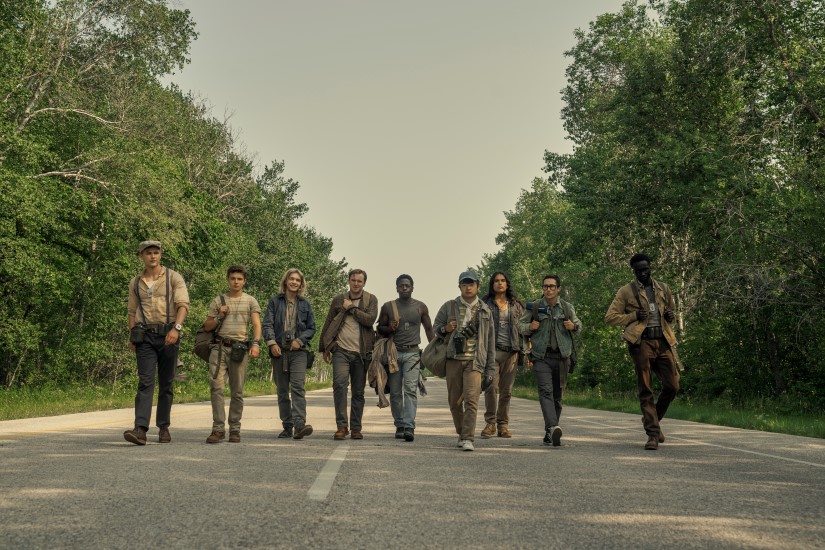
What have you learned during your experience of creating sound for The Long Walk?
JP: I’ve learned that there are a lot of technical things that go into what we do, and there are a lot of timely things — be it finding the right sound, placing the right sound in the right spot, and then panning it through the room. There are a lot of things that just take a lot of time. But at the end of the day, it’s all worth it because the sum total effect of everything playing together makes it feel real and interesting.
even when the work may be tedious and hard at times, it’s all worth it
When we threw all these details into the movie, I was concerned that it might be too busy. And then on the stage, I heard Francis go, “Do you hear that? You hear that cricket going away. That’s awesome.” So I knew that we’d gone down the right road. Also, because of our shorthand in working with each other, it’s easy to say, “Hey, that’s not working,” or “This is working.” I knew where he wanted to go and I just tried to get there.
However, even when the work may be tedious and hard at times, it’s all worth it. I feel that the sound added a value to the film, helped enhance the storytelling, and literally helped carry us through The Walk.
A big thanks to Jeremy Peirson for giving us a behind-the-scenes look at the sound of The Long Walk and to Jennifer Walden for the interview!

